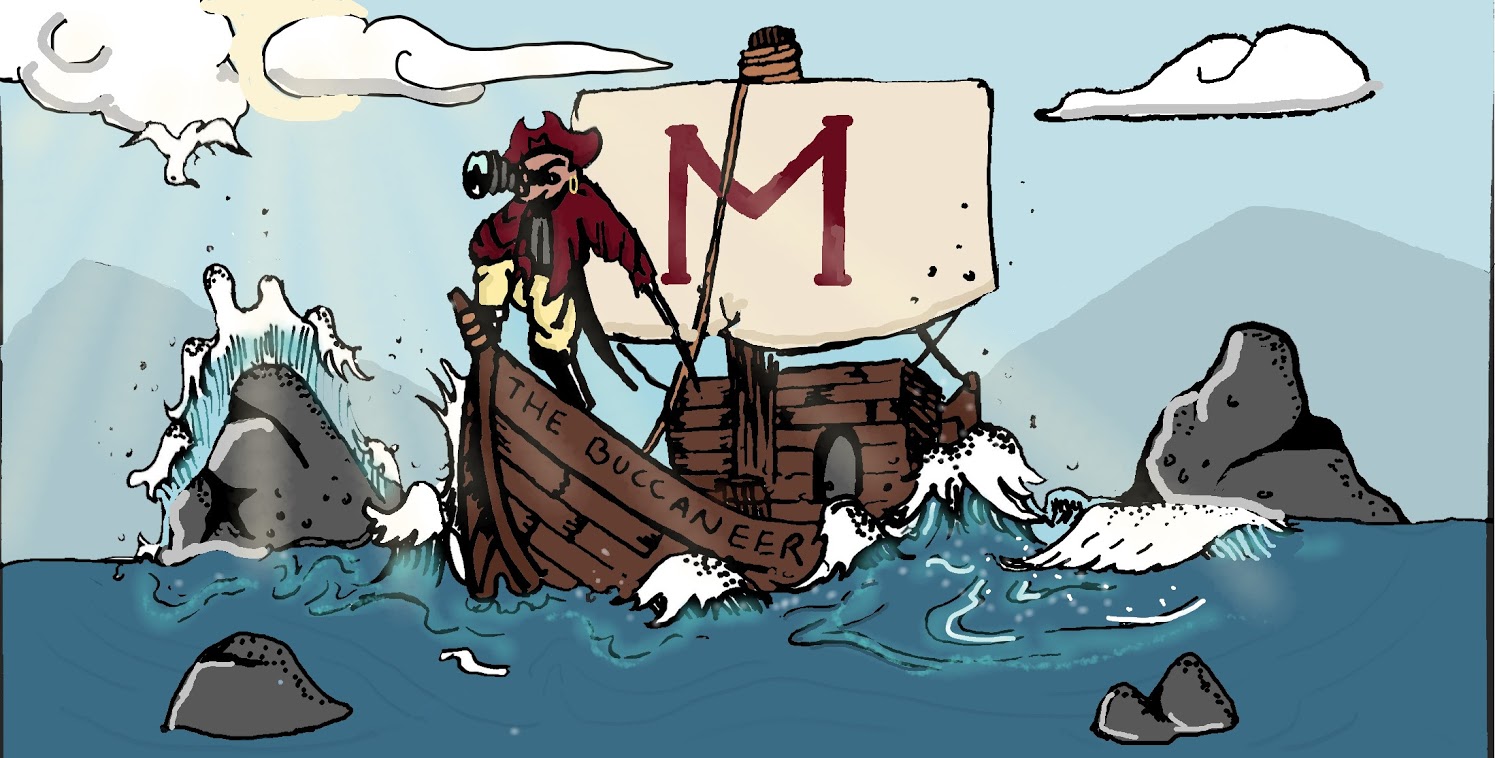Review: ‘The Vanishing Half’
May 31, 2021
“The Vanishing Half” tells a story set in multiple towns and cities across America spanning multiple decades from the late 1950s to the early 1990s. In this novel, author Brit Bennett describes the experiences of Desiree and Stella Vignes, identical twin girls who grew up in a southern black town of which they left at the age of 16 to experience two completely different lives. Desiree spent her time in D.C. and fell in love with a black man, although she was eventually forced to return to her hometown with her young daughter. Stella, on the other hand, used her light skin to pass as a white person and spent most of her life hiding her true identity from her husband while living in a white suburban town. They remained estranged until the lives of their daughters, Jude and Kennedy, began to intercept.
Overall, this novel is wonderful. All of the characters were well developed and multi-dimensional, and Bennett places each character perfectly into her settings allowing for engaging interactions. Bennett uses profound prose and realizations which cause the reader to think about the events which unfold. The story is layered with many different plot lines and filled with complexity. While this makes the story a slow read, it also adds depth to the plot and allows the reader to make a connection with the characters. However, Bennet presents so many diverse and interesting ideas that she is unable to give all of them the treatment they deserve. Some of these ideas would have been more powerful had they been expanded on or explored in their own separate story.
This book discusses a variety of important topics like racism, poverty, transgenderism, and feminism. One of the topics Brit Bennett wrote best was explaining how Jude was discriminated against in her own town because of how dark her skin was. Most of the story is set in a town that is obsessed with light skin color, and as a result, Jude was bullied throughout her childhood. The author shows how this mistreatment affects Jude even as an adult. Bennett also does an amazing job of showing the difference in wealth between the black families and the white families in the story, and how this affects the way the members of these families act and function. Lastly, Bennett incorporates discussions about gender when she talks about Resse, a transgender male character in the story, who struggles with his identity and tries to save money for surgery to transition. Resse does not just exist as a transgender person in the story, but rather this is one of many factors which contribute to his identity. And this is what makes these essential topics enjoyable to read about in this book —Bennett’s ability to weave topics into her story that contribute to the plot’s growth rather than just juxtaposing woke ideas as some stories do.
Overall, this story is great for someone who enjoys a slow read and an engaging story.

